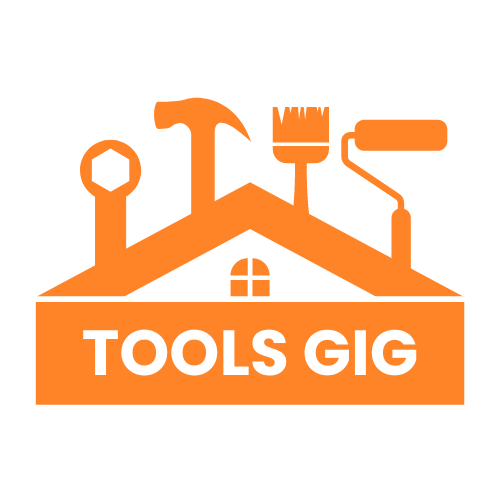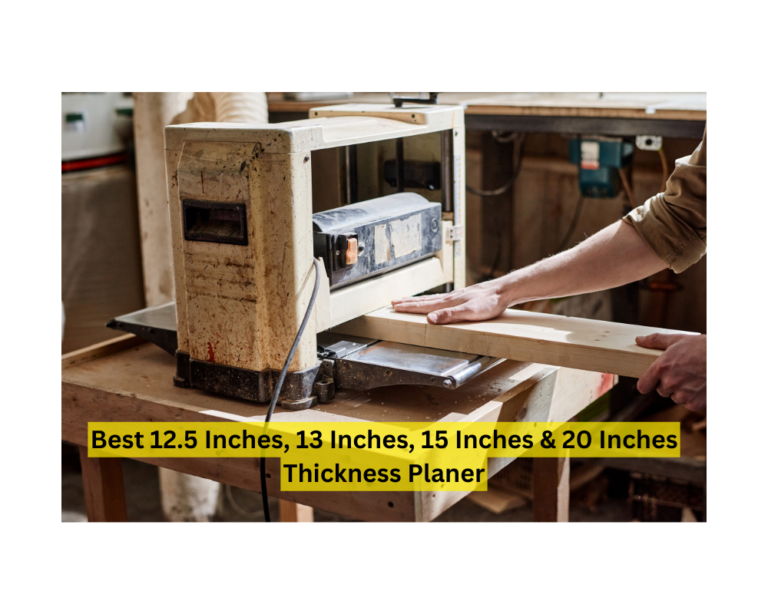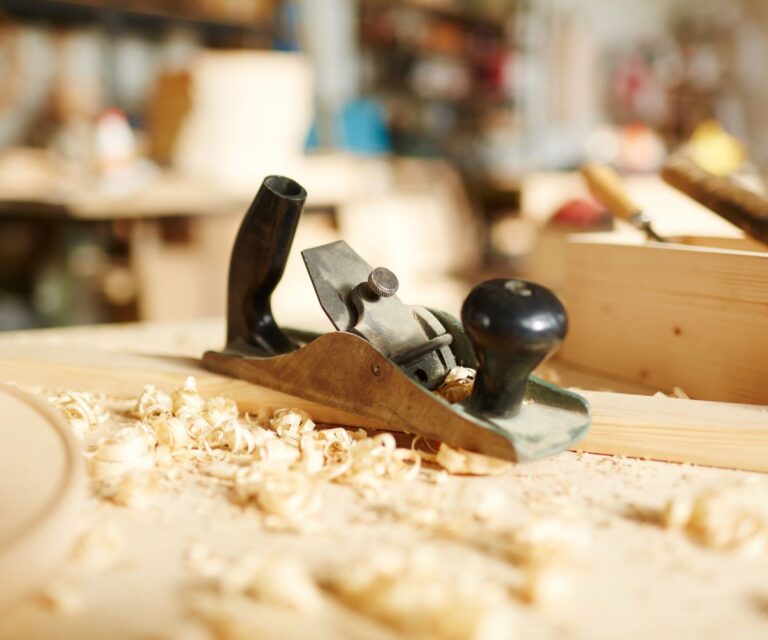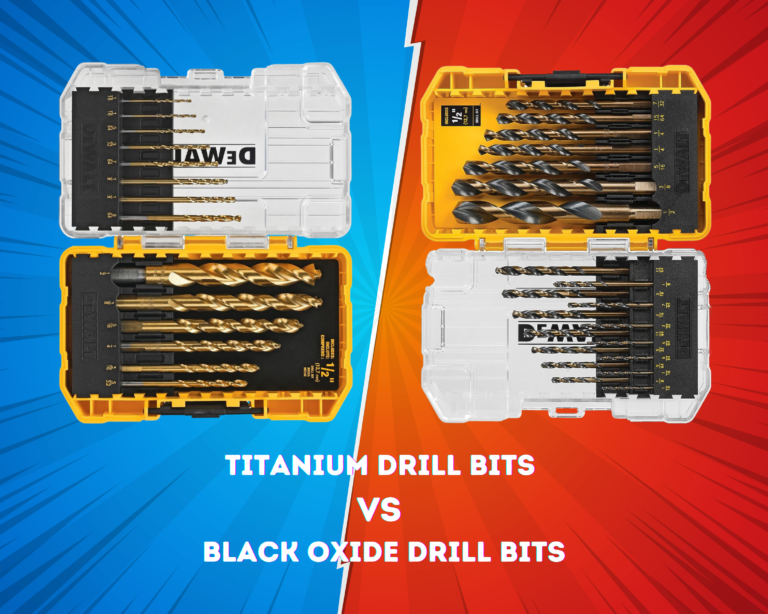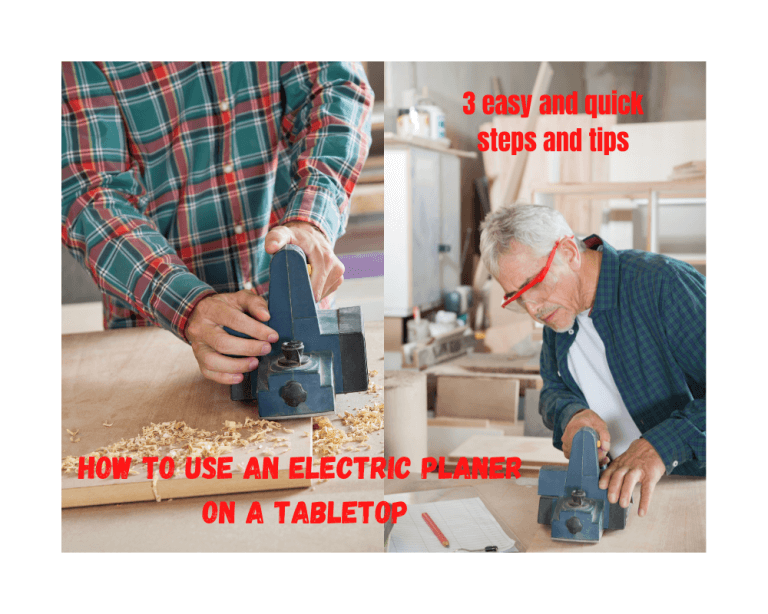What is a Wood Planer and Used for – Which one to choose Manual or Electric planer!
As an Amazon Associate I earn from qualifying purchases.
A wood planer is one of the most useful machines in the woodworking industry. Usually, a wood planer uses to shave wood or remove a layer of wood from the flat surface of boards.
As a woodworker, I have worked with it and used different wood planers for a long time. That’s why I know the uses, advantages, and disadvantages of a manual wood planer and an electric wood planer.
Let’s discuss all the prospective to know you what is a wood planer and used for!
Contents
Wood Planers and Their Uses
A wood planer is one of the needed key tools in the woodworking industry. For 2 thousand years, people have been using a wood planer. On woodwork, it has different uses.
Flatten wood: A wood planer is used to flatten wood very easily. It slices the surface of the wood and keeps out the chips, and flattens or shaves the wood piece. Especially thickness planers are used to flatten the wood.
Curve: A wood planer do curve cuts. You can do curve design easily with a wood planer. For doing curve design, hand-held planers are best, and they are small and easily moveable.
Bevel cuts: You can use a wood planer for corner smoothing or fitting. Also, it can create a parallel surface to adjust the thickness.
Benefits of a Wood Planer
Wood planers are a blessing for woodworking industries. For a wood cutting to design, you just need a planer. It helps to cut or straight with great accuracy to get your desired thickness. Also, adjusting the thickness helps to create a parallel surface.
A wood planer shaves a wood quickly and saves time. Especially on an electric planer, you can do it even quicker.
Wood Planer
Since that time, a wood planer has developed various design forms to make the woodwork better and quick. There are two types of wood planers.
- Manual planer
- Electric planer
Manual Planer
Manual planer is a hand planer. A manual planer uses your muscle power to force the cutting blade over the wood surface to shape the wood as your need. A manual planer can be wooded or metal-bodied. Usually, a manual planer uses one blade.
Nowadays, many designs of manual planers are available in the market, such as bench hand planers, two-handed or spoke-shave planers, combination rasp or shirt planers, flat plane bottom-edged wood hand planers, hand scrapers, etc.
Uses: A manual planer can be used for almost all kinds of woodwork. With a manual planer, you can easily shave wood, design wood, flatten wood, make a curve, etc.
Note: To use a hand planer, you need stamina, stance, and technique.
Electric Planer
An electric planer is a planer that runs with a motor; it can be corded or cordless. For being electric, no external force is needed; you just have to put the wood piece on the planer and set the depth you need.
An electric planer is the best version of the old wood planer. The electric planer can be divided into two types on a user or size basis.
- Hand-held electric planer
- Large electric planer.
Uses: You can use an electric planer for almost all kinds of work or projects. A manual planer and an eclectic planer both do almost the same work. Design to flatten woods, shave woods, etc., but an electric planer is known for his smart, quick, easy, and time-saving working capability.
Hand-held electric planer
A hand-held electric planer is the updated version of the manual planer. It runs on a motor and can be corded and cordless. You just have to move your hand on the wood; it will do the rest of the work.
You can set the depth of the cut. Also, it’s very easy to shave a board with a powerful motor and sharp blade.
Uses: Hand-held electric planer removes a mainly small quantity of wood by trimming the rough edges and surfaces. Also, it’s a very good planer to shave woods on any surface.
Large electric planer
The large electric planer is large than a Hand-held electric planer. It mainly comes in a box shape. This does have a more powerful motor than the Hand-held electric planer.
A large electric planer has multiple blades and multiple features. You just have to put wood on it and set the depth you want; it will shave your wood as you set. Large electric thickness planers are benchtop, stationary, and molding planers.
Uses: Especially Large electric planer used for flattening woods or removing layers of wood. Large electric planer shaves or cuts woods fast; very good for large projects.
Manual Planer vs Electric Planer
Both manual and electric planers have their own advantage. Such as, the manual planer does not need electricity; it uses muscle power. So that you can use it anywhere, also for using muscle power, it’s hard to work for a long hour and large projects. In the manual, you will get a better finish.
On the other hand, one can work for hours with the same accuracy with the electric planer. If you use the large planers, you have to work from your workshop. So, it depends on your project need that which one to choose manual or electric planer.
How to use a Wood Planer
A wood planer is an easily usable machine, but if you don’t know the proper technique to use a wood planer, especially the manual planer and the Hand-held electric planer, both can ruin your piece of wood. So, follow the steps carefully.
First, select a quality wood. Make sure the wood is dry; if it isn’t, make it dry. On wet wood, the blade won’t cut. See, there is not many holes or nail on the one the board. The holes or the nails can damage the planer blade or can cause accidents.
Second, select a planner as your work or what you have. Now check your planer’s blade, cable, handle, and knob.
Thirdly, if you are using a manual planer or a Hand-held electric planer, then place the wood on the table tightly so that it doesn’t shake when you use the planer on the wood. If you are using a large electric planer, just put the board on the planer tray or table and place it perfectly using the side knob.
Fourthly, if you are using a manual planer or a Hand-held electric planer, then place the planer on the board. Then move it forth and back so that the blade removes the extra wood from the board.
Or, if you are using a large electric planer, just put the board on the planer on the planer table, set the depth, and hold the board; it will do the rest.
Note: You may need to do the process multiple times to have the best result.
Note: If you use a manual planer, you have to use our muscle power to put pressure to shave the wood.
Safety Precautions
Safety is a very important thing. Especially when you use an electric plane. So, while using, you have to make sure you are using all the safety equipment.
- Wood planers make a huge amount of dust, and the dust particles fly in the air. So, use goggles and a mask.
- While using a wood planer on the board, it creates loud sounds, which can cause hearing problems. So, use a headphone to avoid them.
- Use gloves for better grip and keep your hand safe from the sharp blade or the wood particles.
Last of all, while working, make sure you concentrate on the work to avoid unnecessary accidents.
Frequently Asked Question
Q. Will a planer fix a warped board?
Yes, a planner can fix a warped board. Fixing a warper board needs a jointer and a thickness planer. The jointer will help to the perfectly flat face of the warped board. Then you use the thickness planer, again and again, to shave it and make it smoother.
Q. Can you use a table saw as a planer?
Yes, you can use a table saw as a planer but in a limited way. The purpose of a planer is to reduce the thickness of a board and the same time, make the surface of the board perfectly parallel to the bottom surface of the board.
For that, bring the blade of the fence close to the blade as you want to reduce the thickness of the board. Place the board up against the fence and slide the board towards the blade to cut as much thickness as possible.
In this way, if you don’t have a planer, then you can use a table saw as a planer.
Q. Can you use a planer to flatten aboard?
Yes, you can use a planer to flatten aboard. You need to benchtop planer or like this type of planer for this work.
First, pick the board and check the surface with a scale that which board places are not smooth. Then mark the places and use a sticky mat and shims to fill the wood.
After that, put it on the planer and set the cutting depth accordingly on the board. Then flatten one side remove the sticky mat, and shim to flatten the other side.
Conclusion
A wood planer is a must need a tool for woodworking. In this article, I have discussed and provided all the uses and details of a wood planer. I hope you have understood all the information about when or for which purpose you need to use a wood planer. Thank you.
